Product Description
Create a Sleek Look with Tension Fabric Displays
- Stretchable polyester fabric for a smooth, sleek display
- Wrinkle-resistant material ensures a professional look
- Dye sublimation printing for fade-resistant, vibrant colors
- Easy to assemble aluminum frame for quick setup
Our Tension fabric stands are a cost effective and dynamic banner option printed with an 8.8 oz polyester graphic and a robust aluminum frame. We use a high-resolution dye sublimation printing technology which helps your brand or message stand out in venues such as convention halls, companies, and schools. Tension fabric stands are a great alternative to retractable banners.
A tension fabric stand is a simple to put together exhibit that consists of an aluminum snap tube frame with a tension fabric graphic that slips over the frame and zips at the bottom. These tension stands are perfect for displaying graphics at trade exhibits, conferences, vendor sites, mall kiosks, point-of-purchase displays, and more.
Using these in public? Download Legal & Compliance Regulations
NYC Buildings - Signs NYC Parks Rules & Regulations U.S. Small Business Administration - Advertising BasicsFast Turnarounds
We’re the original same day large format printer. With 3 hour turnarounds on the widest range of products.
Fast Shipping
Get your order fast! We ship Nationwide with trusted UPS couriers.
Expert Support
With over 20 years experience in large format printing, our team can help tackle any job.
Local Printer
We’re your local NYC printing shop. Pickup directly from our store in Brooklyn, NYC.
Case Studies & Campaigns
Why should you print with Gorilla Printing? We’re the trusted printer of over 1500 companies & startups just like yours. With over 20 years experience in large format printing, OOH campaign printing and service, we’ve got the know-how & capabilities to deliver any sized print job.









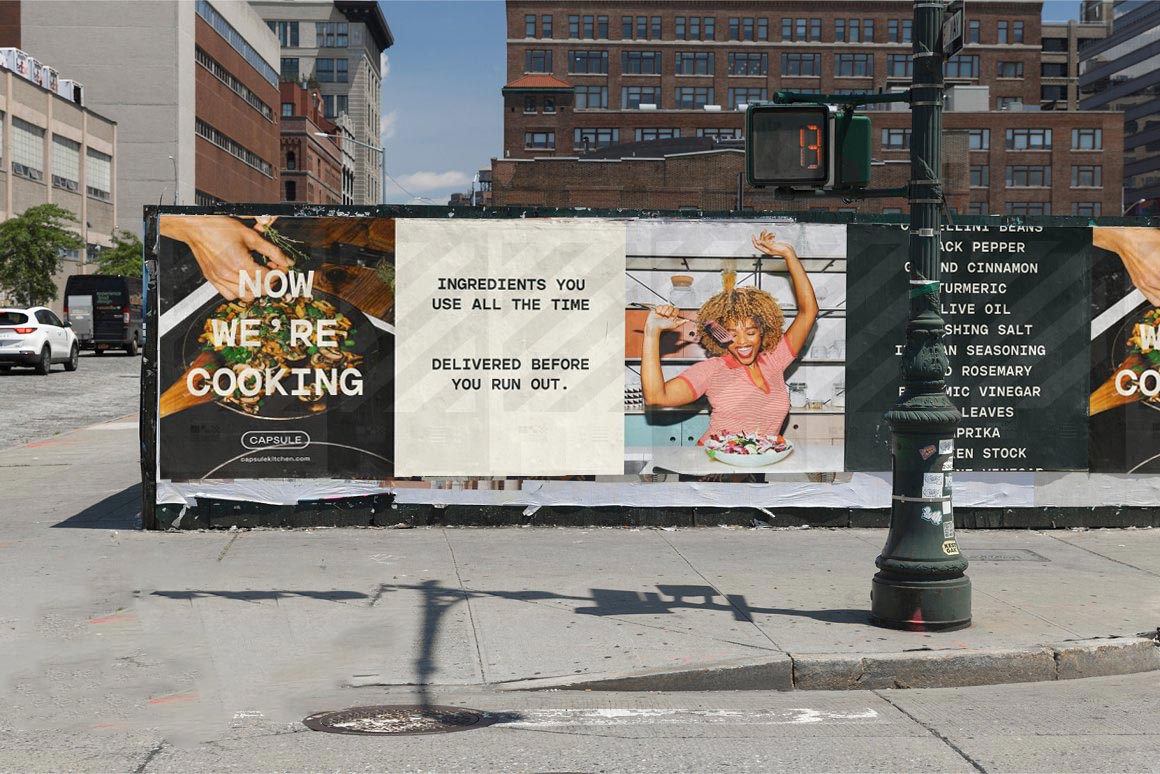




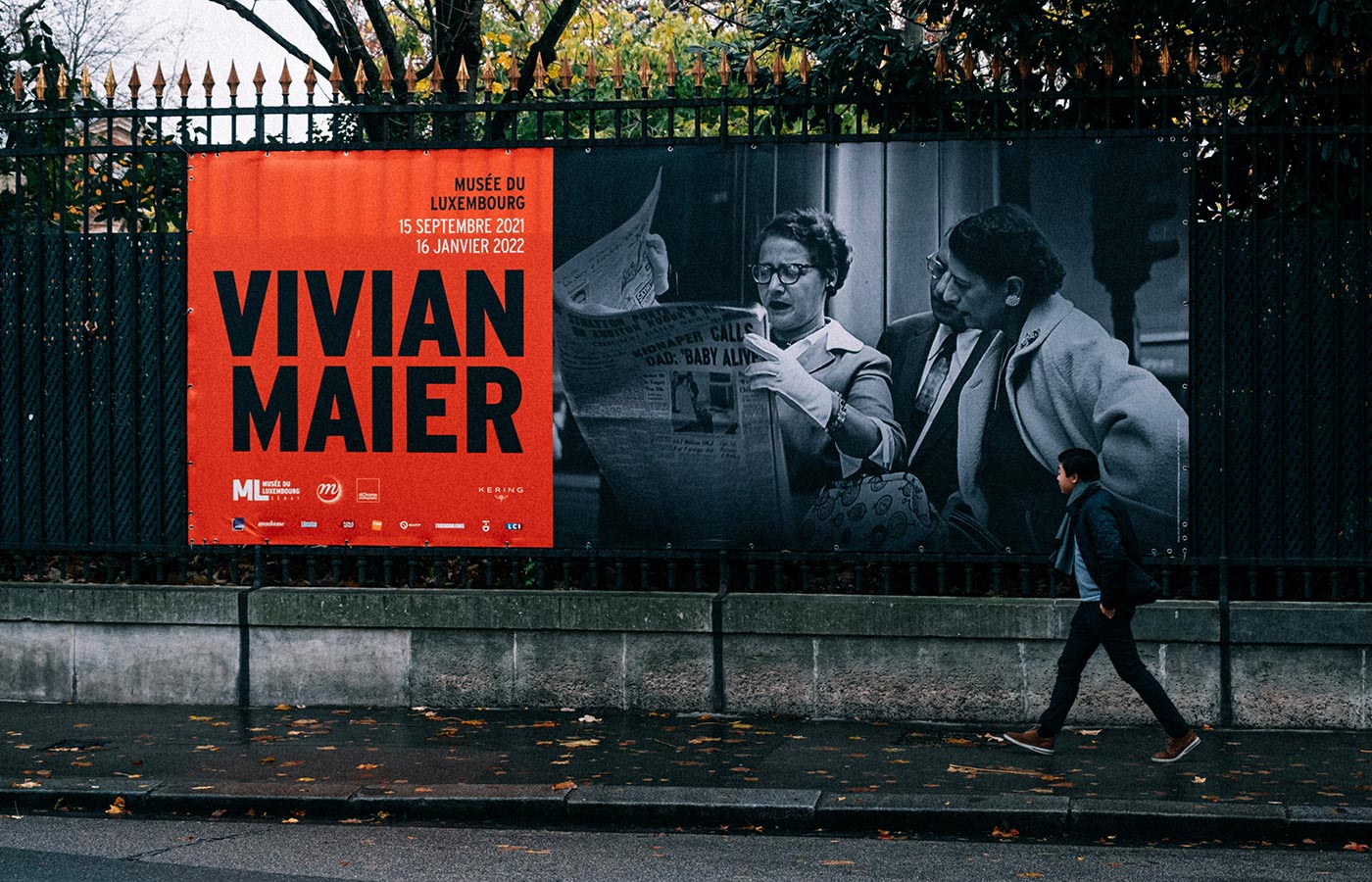
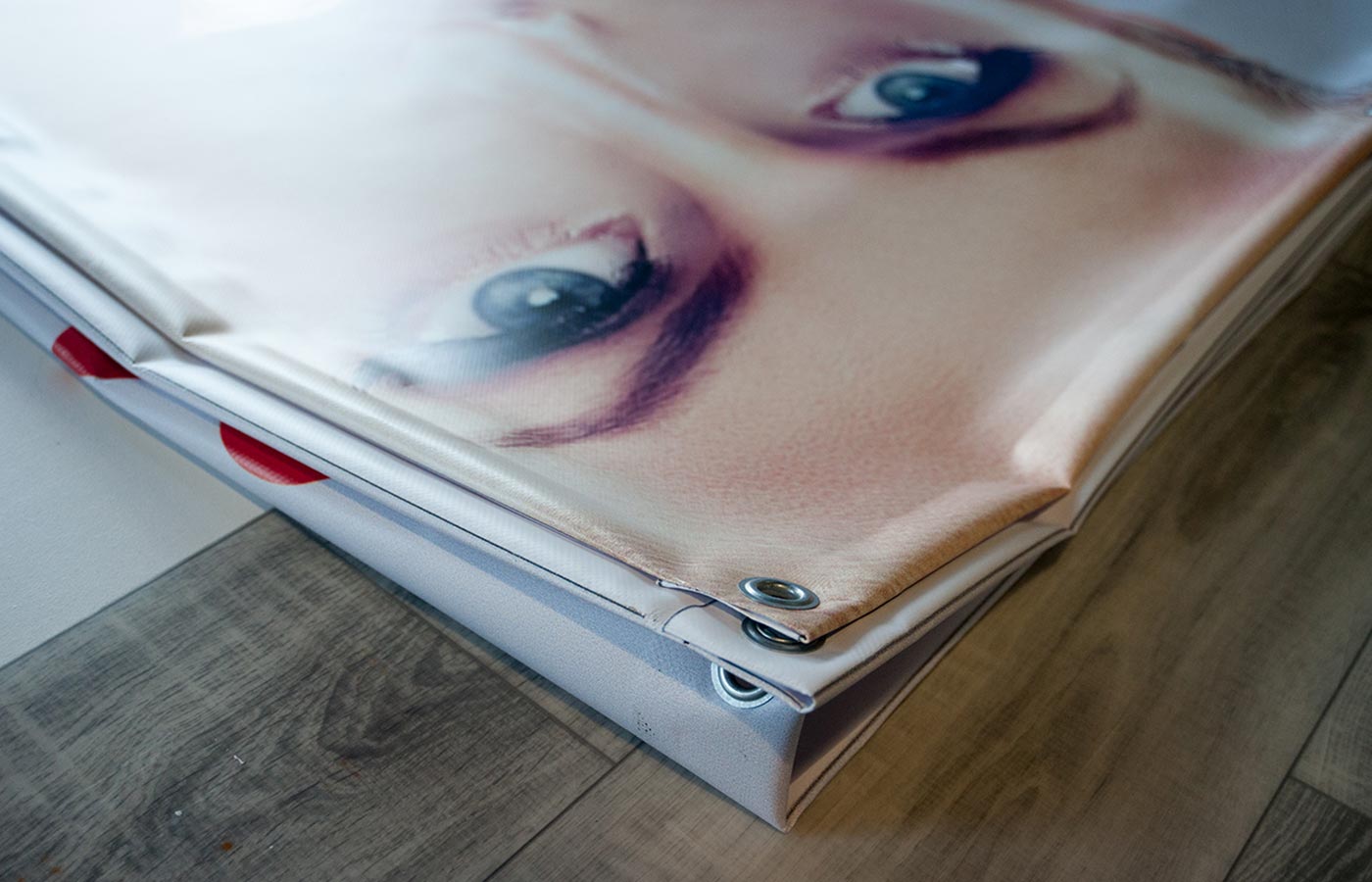



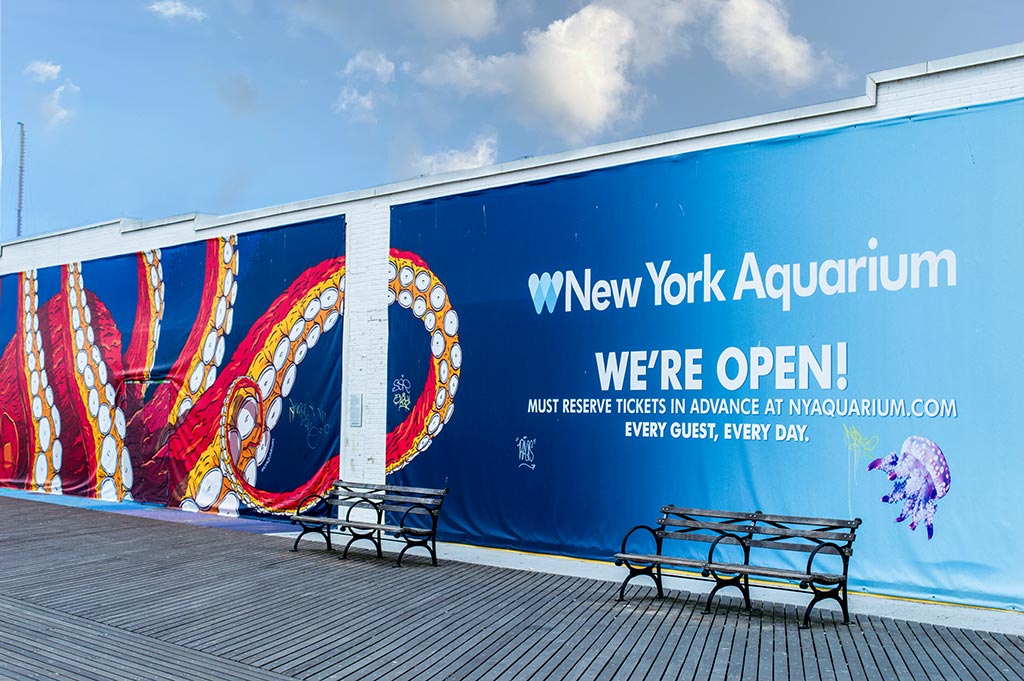
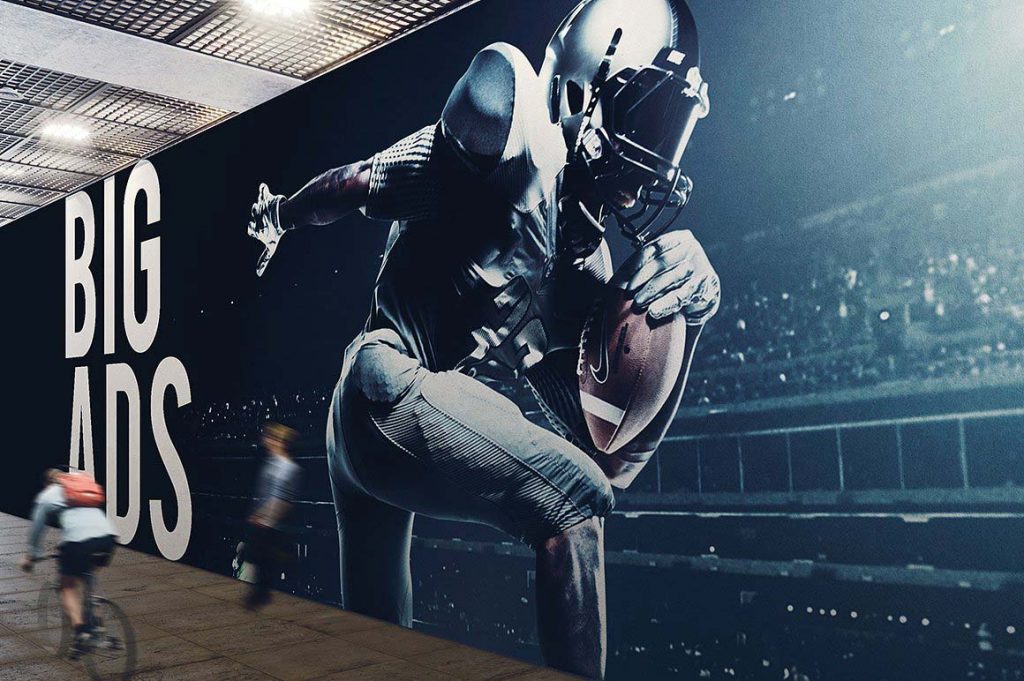


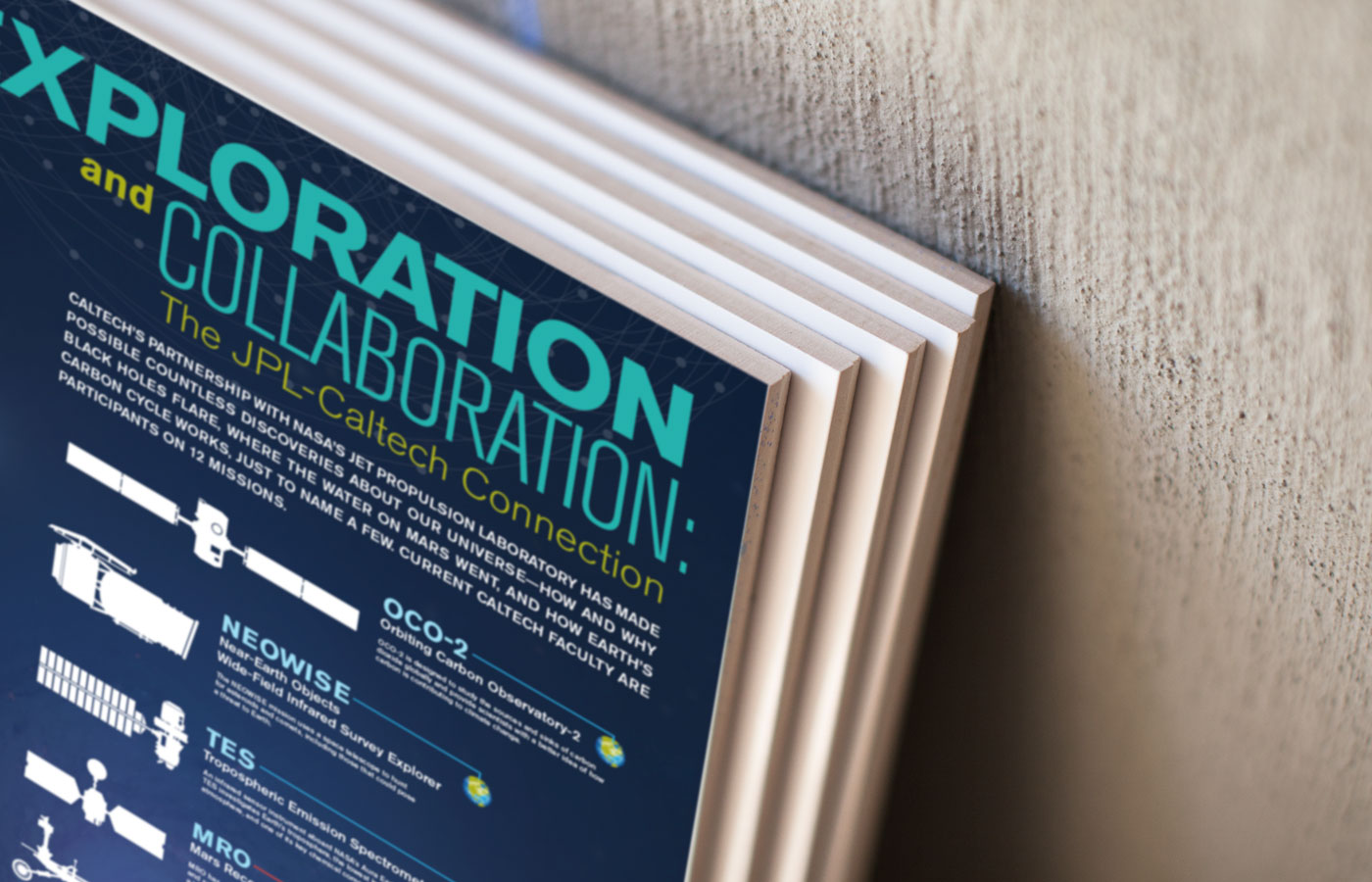

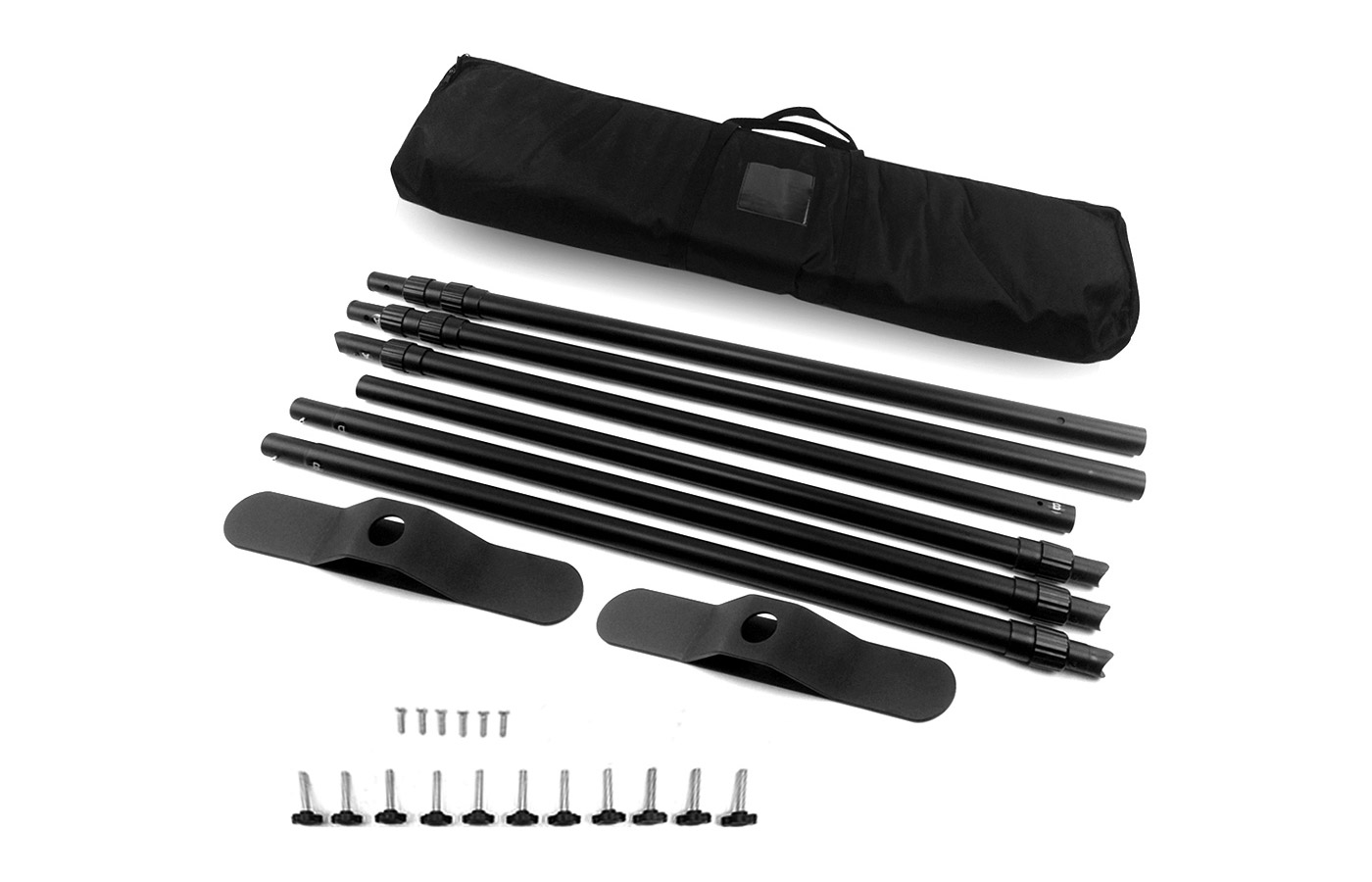

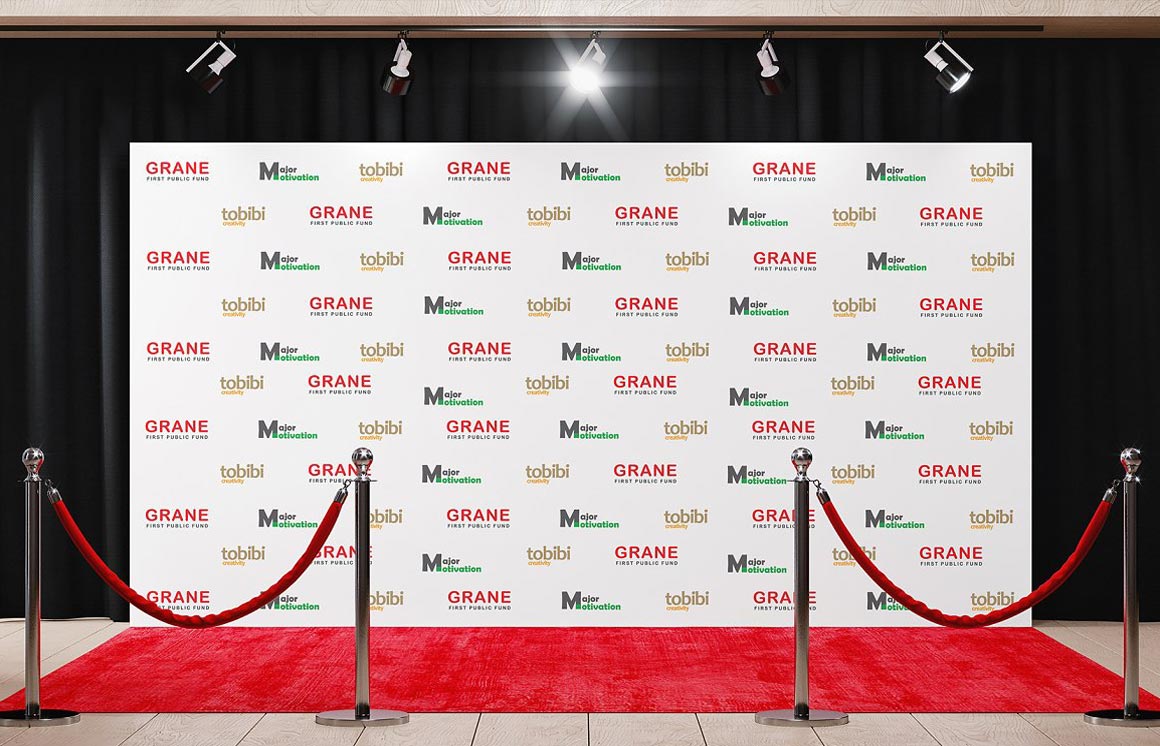

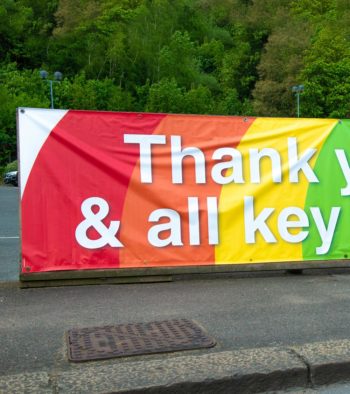
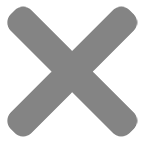
There are no reviews yet.